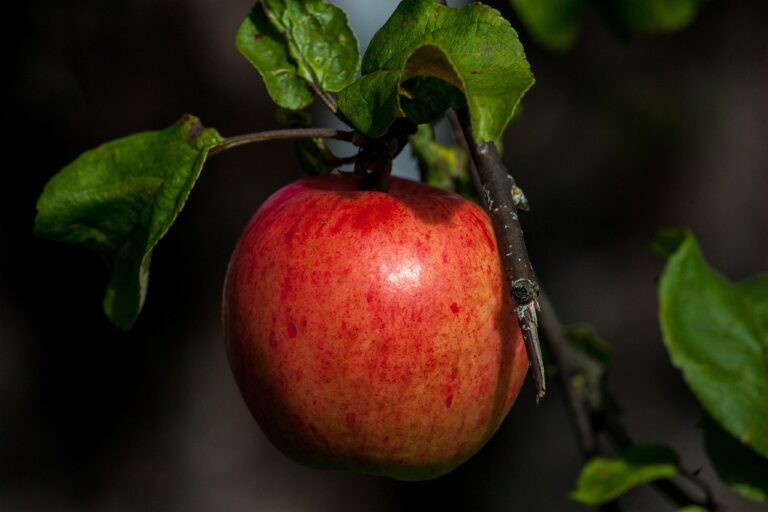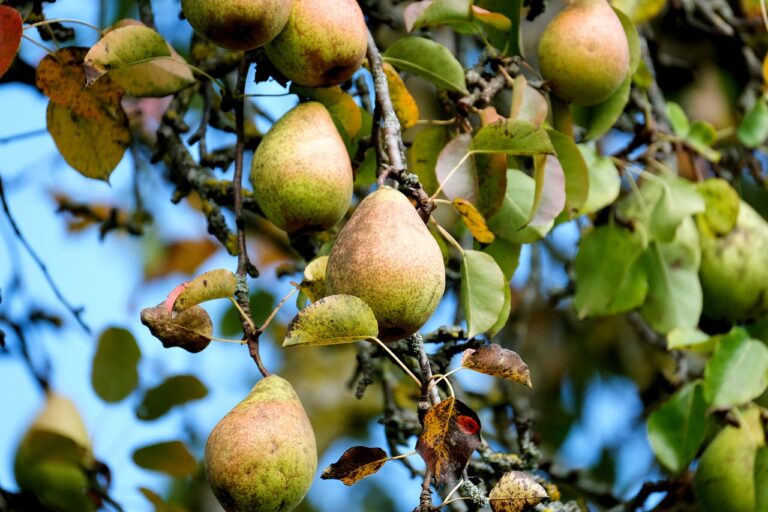The Role of Food in Different Cultures: A Global Perspective
Global food culture is a complex tapestry woven from the threads of history, tradition, and innovation. It encompasses a vast array of culinary practices, from the spices of India to the noodles of China, showcasing the diverse ways in which communities around the world nourish and sustain themselves. Food not only serves as a means of sustenance but also plays a central role in cultural identity, social gatherings, and rituals, reflecting the values and beliefs of different societies.
Exploring global food culture allows us to delve into the rich tapestry of flavors, ingredients, and techniques that have been passed down through generations. From the street food stalls of Thailand to the Michelin-starred restaurants of France, each dish tells a story of heritage and evolution. By embracing and celebrating the diversity of global food culture, we can gain a deeper appreciation for the interconnectedness of humanity through the universal language of food.
Traditional Food Practices Around the World
Traditional food practices around the world vary greatly, reflecting the diverse cultural heritage and culinary traditions of different regions. In Japan, for example, the art of sushi-making has been perfected over centuries, with a strong emphasis on the use of fresh, high-quality ingredients and precise cutting techniques. Similarly, in Italy, the concept of “farm-to-table” dining is deeply ingrained in the culture, with an emphasis on using locally sourced produce and artisanal products in traditional dishes like pasta and risotto.
In contrast, in countries like Ethiopia, communal dining practices such as sharing a large platter of injera (a type of sourdough flatbread) topped with various stews and vegetables are a common way of eating. This reflects the importance of community and social interaction in Ethiopian culture, where food is often seen as a way to bring people together and strengthen bonds. Traditional food practices not only shape the way people eat, but also play a significant role in preserving cultural identity and heritage around the world.
Influence of Geography on Food Choices
Geography plays a crucial role in shaping food choices around the world. The availability of certain ingredients, climate conditions, and proximity to water bodies all influence the types of foods that are consumed in a particular region. For example, coastal areas often have a preference for seafood due to easy access to fresh catches, while regions with fertile soil may have a focus on agriculture and fresh produce in their diets.
Furthermore, mountainous regions might rely more heavily on hearty, calorie-dense foods to provide energy for surviving in harsh terrains. In contrast, tropical regions tend to have access to a wide variety of fruits and vegetables year-round, leading to diets rich in plant-based foods. It’s fascinating to see how geography not only impacts what people eat but also how food is prepared and enjoyed in different parts of the world.
How does geography influence food choices?
Geography plays a significant role in determining the availability of certain ingredients and the types of foods that are traditionally consumed in different regions. For example, coastal regions may have a diet rich in seafood, while mountainous regions may rely more on hearty grains and dairy products.
How do traditional food practices vary around the world?
Traditional food practices are heavily influenced by factors such as climate, agriculture, and cultural heritage. This leads to a wide variety of cuisines and cooking techniques around the world, each reflecting the unique characteristics of the region.
Why is it important to consider geography when studying food choices?
Understanding the influence of geography on food choices can help researchers and policymakers develop strategies for promoting healthier and more sustainable diets. It also allows for a deeper appreciation of the cultural significance of different foods and culinary traditions.







